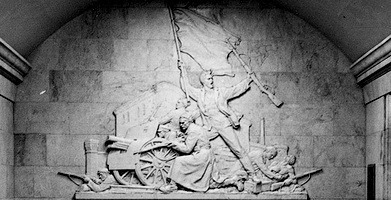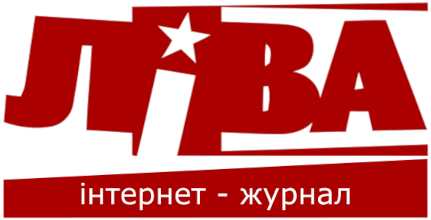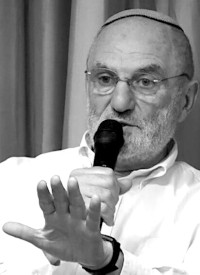
Symbolically, it was today, on the 100th anniversary of the Arsenal factor uprising, that an auction was launched to sell one of the buildings of the oldest plant in Kiev.
"Bidding will be held through the electronic auction house Setam, on the website of which the sale is reported. The seller is Ukrgasbank, which owns the building and the adjacent land. In addition to 38,000 square meters of non-residential premises, a plot of 1.36 hectares is also to be sold. On the site of the plant, according to the information about the lot, there should be an office and shopping center with parking. Despite the considerable cost, four candidates, whose names are kept secret, have already applied for participation in the auction”, – Vesti newspaper reported.
Behind these lines is a real national tragedy. Neoliberal Ukraine, which has obediently followed the IMF's "recommendations" for more than twenty years, does not need high-tech industrial enterprises and the highly-skilled specialists employed in them. Today’s politicians and bureaucrats do not need the plant with its high-tech production – they only need the land occupied by the workshops to build another shopping center with parking lots in the center of the capital.
Meanwhile, this plant is known not only for its outstanding history, associated with the great rising of the Ukrainian proletariat, which is glorified in the films of Alexander Dovzhenko and Timofei Levchuk. Created in 1764, according to the Arsenal Team, the Kiev Arsenal was one of the leading enterprises of the optical, mechanical and opto-electronic industries of the USSR. A quarter of a century ago, it produced a whole range of military-industrial and civilian products, without which it is impossible to imagine the successful implementation of the Soviet space program.
Arsenal optical-electronic guidance systems provided orientation for space launches at Baikonur. In the 1970s, the factory developed a complex of external visual environment simulators, which created a complete illusion of maneuvering and controlling spacecraft for ground-based cosmonaut training. The simulators manufactured at the plant were equipped with models of actual craft – including the Mir space station, which was later sacrificed and crashed in the ocean, and the Buran space shuttle, dismantled for scrap.
Special cameras of the Arsenal plant were used for taking photographs from aboard the spacecraft Vostok and Soyuz, interplanetary stations Luna and Zond, and the Salyut orbital stations. And also repeatedly used when cosmonauts conducted space walks.
Helmet-based aircraft targeting systems, which were also manufactured at the plant, are still used on MiG-29 and Su-27 in combination with the homing beacons for air-to-air missiles created here. Subsequently, similar systems were actively used for navigation in civil aviation of the former USSR.
Alas, the story is ironic – the famous Kiev plant survived shelling by nationalist units, survived the Second World War, but was actually destroyed as a result of "effective market reforms.” In the Soviet era, the Arsenal employed about 30,000 workers, and today there remain several hundred formally employed workers, mostly pensioners. So the matter of the final liquidation of the famous plant is just a matter of time.
Today's auction confirms: the goal of destroying the industrial giant was to sell off the valuable land in the central Pechersk district of the capital – as the workers themselves repeatedly stated. But the sale of the plant’s premises is not just coincidental with today's anniversary date. The Ukrainian bourgeoisie seeks to settle accounts with the factory, which once became a symbol of the struggle against its domination, to humiliate the historical memory of its insurgent workers, whose tombs were trashed during the "Euromaidan" and still stands in dilapidated form. And it is very much afraid of the fact that living factories can someday become centers of new, similar uprisings.
Vitalina Butkalyuk
Translated by Greg Butterfield
-
Історія
Африка и немцы - история колонизации Намибии
Илья Деревянко история колонизации Намибии>> -
Економіка
Уолл-стрит рассчитывает на прибыли от войны
Илай Клифтон Спрос растет>> -
Антифашизм
Комплекс Бандеры. Фашисты: история, функции, сети
Junge Welt Против ревизионизма>> -
Історія
«Красная скала». Камни истории и флаги войны
Андрій Манчук Создатели конфликта>>













 RSS
RSS





